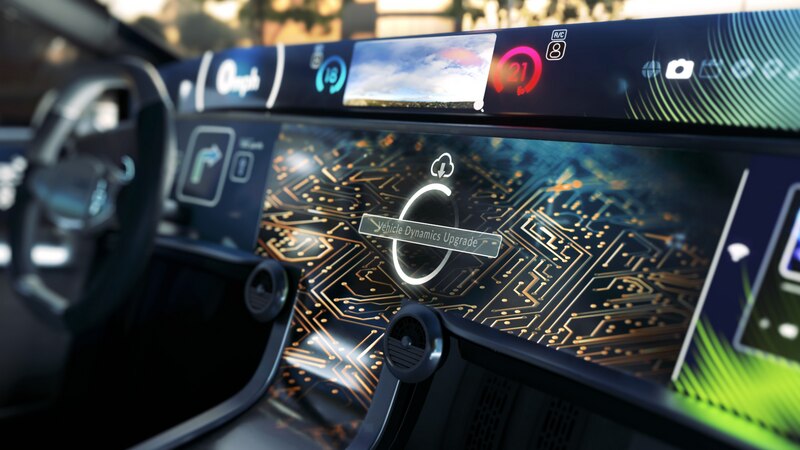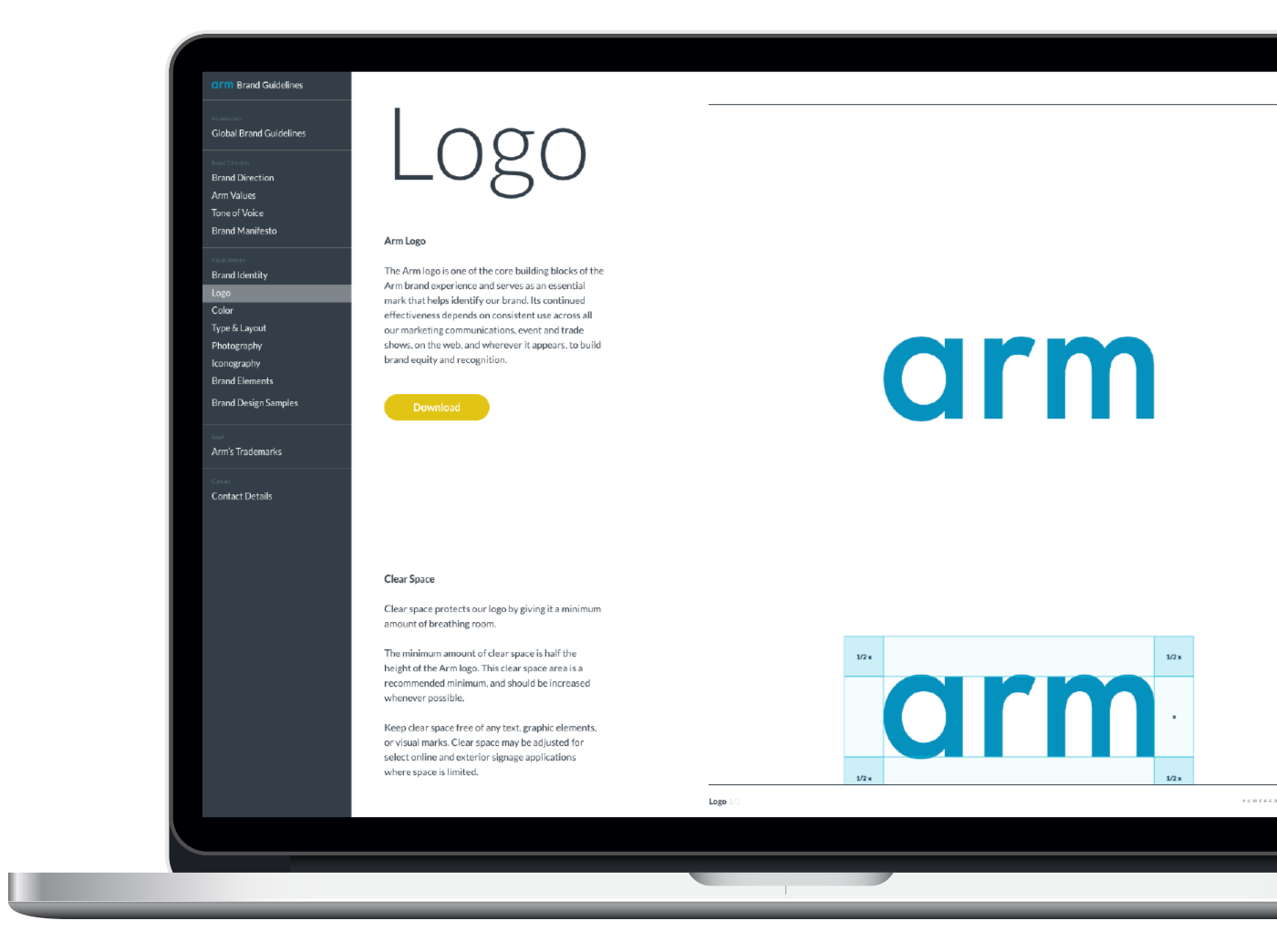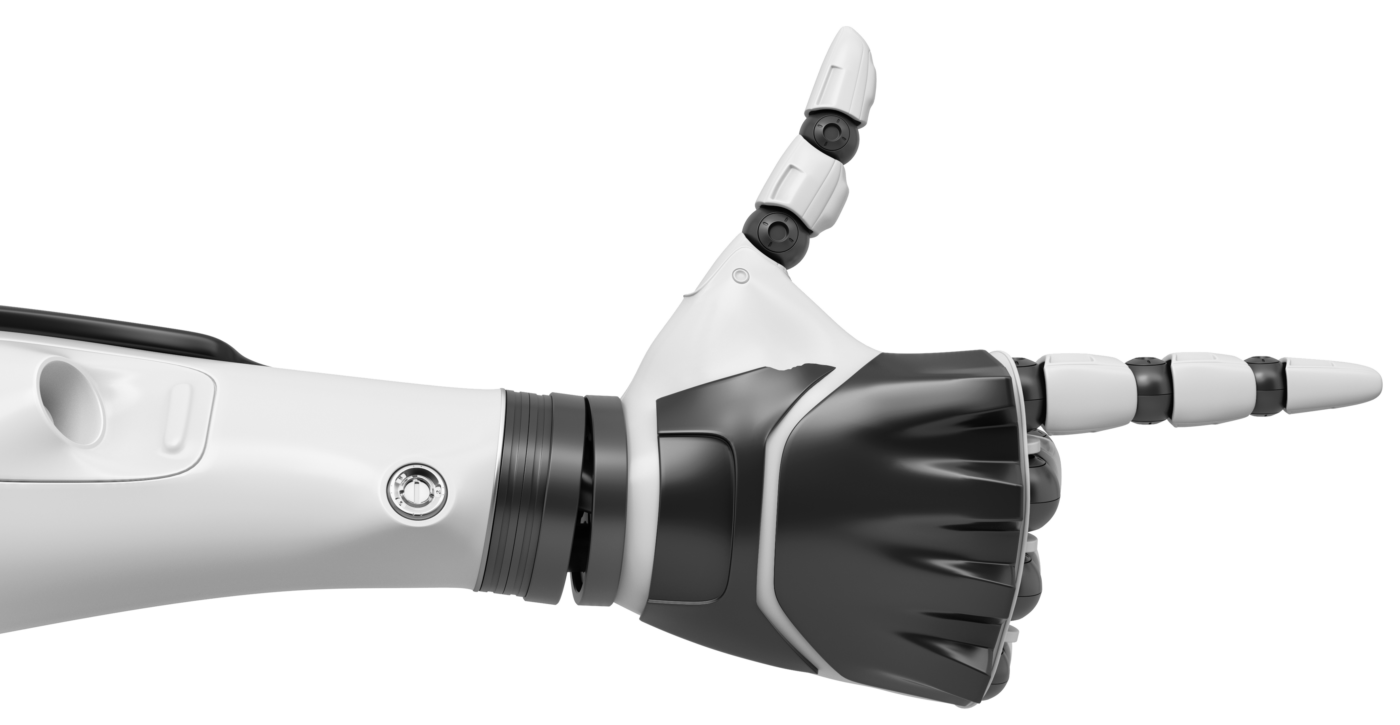Four Pillars to Achieve the Software-defined Vehicle Vision

What an amazing time to be in the automotive technology! The industry is currently going through one of the biggest evolutions in its history. Whether it’s the rapid conversion to electrical drivetrains, the miraculous rise of driver assistance features or the reinvention of what owners expect from their car and the features and applications they use in the vehicle, the automotive industry is fundamentally reinventing itself.
From a technologist’s perspective, this all translates into a huge rise in software and the technology that underpins this software. This has led to the widely coined industry term, the software-defined vehicle (SDV). While there is a lot of debate about when the SDV will be ‘standard’ and how to make this a reality, few doubt it’s the direction we are headed. Before tackling how we can achieve this SDV vision, there are some initial challenges that will require us to think differently as an industry.
How do complex computing and industry collaboration drive the evolution of software-defined vehicles?
Firstly, let’s consider the scale of technical complexity that comes with SDVs. You can see the trajectory during the past 75 years. For example, if we look at a typical vehicle in 1948, this would contain maybe 50 wires, 150 feet/40 meters of cable and no semiconductors or software. Fast forward to today and a high-end vehicle can contain over 3000 wires and 2-3 miles/3-5 kilometers of cable. On top of that, a high-end vehicle today can already contain over 100 million lines of code – that’s more software than many modern aircraft or even entire social media websites! Looking forward, future vehicles are already predicted to need 4 to 5 times this amount of software, alongside vastly more processing power. This is leading many to call the car of the future a “data center on wheels”. To achieve this, vehicle manufacturers are having to rethink their vehicle electrical architecture approaches.
Interestingly, the technology evolution happening with vehicles is a pattern we’ve been seeing for many years. Take for example the telephone, which has evolved from a largely mechanical, landline device for calling only, to the electrical/hardware centric first cellphones of the 90s where users could text and play basic games, to today’s ‘software defined’ smartphones that do everything we need for our digital lives – calling, messaging, gaming, video streaming, social media, banking and web browsing. We’ve seen the same in watches and many other industries. In many ways, vehicles are just following the natural evolution of devices in our lives as they move, ever increasingly, into the software defined era. As predicted back in 2011, software really is “eating the world” and the automobile is finally getting it’s well deserved turn of attention.
The second challenge being faced is around the nature of the industry itself. The automotive industry is made up of some incredibly capable companies, but they are held back as an industry by the legacies of competition between them. The technical scope of the SDV is so large that there is no way to achieve the scale (and investment) required as individual companies. If the industry is to achieve the scale needed in SDV production and if companies are going to thrive in the SDV era, we need to work together like never before around some key principles and standards that companies can then create value around.
What is the vision for software-defined vehicles?
While we, at Arm, appreciate the scale of the challenges, we also believe that the end-results and, ultimately, the benefits the SDV will deliver will be incredible and make it worthwhile. To me, it’s about taking today’s car from being a largely static, somewhat functional piece of equipment to an enjoyable, constantly evolving, and safer hub in our digital lives that is more than just a way to get us from A to B. What’s more, the SDV will provide the basis for future vehicles that:
- Are far more sustainable and environmentally efficient.
- Provide advanced driver assistance and autonomous features saving many lives.
- Are relaxing, entertainment rich hubs for passengers.
- Provide features to make traveling easier and more efficient.
- Are constantly evolving with new features and capability over its lifetime.
- Provide a platform for the industry to deliver a myriad of services and features we have barely begun to imagine (for example, compare the smartphone app stores when they first launched to the explosion of mobile accessible services offered today).
I believe that there are four key pillars that will make this SDV dream possible. These pillars are all practical approaches that the automotive and technology industries can take now to accelerate our path to the SDV and address the key challenges outlined previously. Underpinning these four pillars are the common, critically important themes of safety and security, while also acknowledging the importance of the real-time nature of automotive software.
1. Industry collaboration
As I said at the start of this article, we are going through a seismic change in the automotive industry. The traditional automotive technology approaches of monolithic designs, serialized development and hand-crafting hardware to software just won’t scale to what we need. So, we need to build new approaches. However, the scale of the new technology stacks and development environments we need to create are monumental – no one company can do it alone. Even worse, if many different individual companies go and try to solve this in many different ways, it will actually create more complication, expense and hold the industry back. This means we need to work together as an industry on the fundamentals that will allow us to achieve the SDV dream.
As a neutral technology provider across the industry, Arm is in a unique position to help with this and this is why we created the SOAFEE (the Scalable Open Architecture for Embedded Edge) Special Interest Group. SOAFEE brings together the traditional automotive industry and emerging software development community to share their expertise, technologies and products to help define the future of SDVs. SOAFEE has many members from across the automotive supply chain including silicon vendors, software providers, system integrators, cloud service providers, vehicle manufacturers and tier ones – with membership numbers continuing to grow.
2. Standards
The true value in SDVs – to both companies and consumers – will be the applications and services that allow vehicles to provide increasing value over their lifetime, providing new and better features and capabilities and establishing a lifelong relationship with the consumer. But this value sits right at the top of the SDV technology stack. Enabling companies to focus on these high-value apps and services rather than the infrastructure and frameworks with limited differentiation requires us to build standard foundations that allow scale, provide portability and encourage reuse. Different foundations and approaches mean far greater complexity, but having standardized platforms and approaches save time and costs producing SDVs, while allowing companies to create real, differentiated value on top.
Again, this is where SOAFEE comes into the picture. The overarching aim of SOAFEE is the industry standardization and acceleration of foundational computing standards and frameworks that will enable the scalability and realization of the SDV. There are already various SOAFEE-based ‘blueprints’ in development, such as an SDV focused IVI implementation.
In addition, underpinning the SDV technology stack, Arm provides a range of compute/processors and low-level software. We have a wide range of Automotive Enhanced (AE) IP, including Cortex-A, M and R CPUs, Mali GPUs and ISPs, that can be integrated into a broad range of computing solutions for SDVs. For low-level software, we incorporate standards built on commonly-accepted industry approaches, such as SystemReady and PSA Certified.
3. Modern methodologies
As mentioned previously, the scale of the technology we are trying to create with the future SDV is massive. Furthermore, consumer expectations are clearly heading in the direction of wanting ever-increasing capabilities, features and services. This will require software architectural approaches that can achieve vast scale, with development methodologies that will allow efficient, repeated and ongoing development, validation and deployment across a variable hardware landscape.
Traditional development approaches will simply not get us there. However, the good news is that other industries have been solving these issues for decades and there are now robust approaches and methodologies we can utilize to achieve our needs. It’s a major change for the automotive industry, but one that is within the goals of the SOAFEE project.
One such approach is containerized workloads for automotive applications, which decouples hardware and software to accelerate the development of SDV features. At Mobile World Congress (MWC), we will be demonstrating this in action using the SOAFEE Cloud Native framework, an innovative approach that brings Arm’s “environmental parity” across Cloud and Edge to life. This is achieved through Arm’s AE IP in the vehicle and Arm-based instances in the Cloud both having an identical instruction-set architecture (ISA). This means automotive applications can be developed in the Cloud and then seamlessly deployed at the Edge for more efficient automotive development and a quicker time-to-market.
4. Vehicle simulation
Once you have addressed the three pillars above, one of the last major hurdles is enabling the vast amounts of continuously developed software built by armies of developers in parallel, but still achieving the validation quality and robustness requirements that is inherent in the automotive industry. If we are to enable this, traditional approaches relying on physical hardware will simply not scale to where we need to go. To unblock this, we are going to have to enable simulation of the vehicle hardware at all levels, from the control unit to the entire vehicle and external environment. This will require advanced simulation methodologies. These methodologies do exist today, but they are new to the automotive industry and need to be embraced and adopted more widely.
Why are the pillars crucial to realizing SDVs?
These four pillars are going to be critical to realising the SDV. I believe that one way or another the industry will come to this conclusion – there is no viable long-term alternative. However, if we don’t take on board these four pillars now – if we try to solve the SDV challenges in our silos, if we all adopt different approaches to the same problems, if we cling to software methodologies that struggle to scale or don’t enable vast, parallel development – then we will be on a very long journey to the SDV future. A journey that will still end at the same principals, but only after huge amounts of wasted time, effort, money and to the detriment of not only the industry, but to the enjoyment and safety of all of us and our environments as consumers.
Fortunately, we already have plenty in place to realize this SDV dream. We are collaborating as an industry through SOAFEE and we at Arm continue working to provide the industry with a wide range of compute and processor technologies with common standards built in. These common platforms will give vehicle manufacturers the ability to create high value, high volume SDVs and allow the industry to support the vehicles with high value apps and services. From the established foundations already in place, we have the ability to achieve the SDV vision of the future that is going to positively transform the automotive industry and bring greater consumer value and safety to the driving and in-vehicle experience.
Arm is committed to delivering a software-defined future
For more information about how Arm is helping to deliver software-defined vehicles, visit Arm.com.
Any re-use permitted for informational and non-commercial or personal use only.















